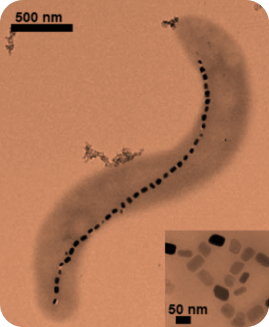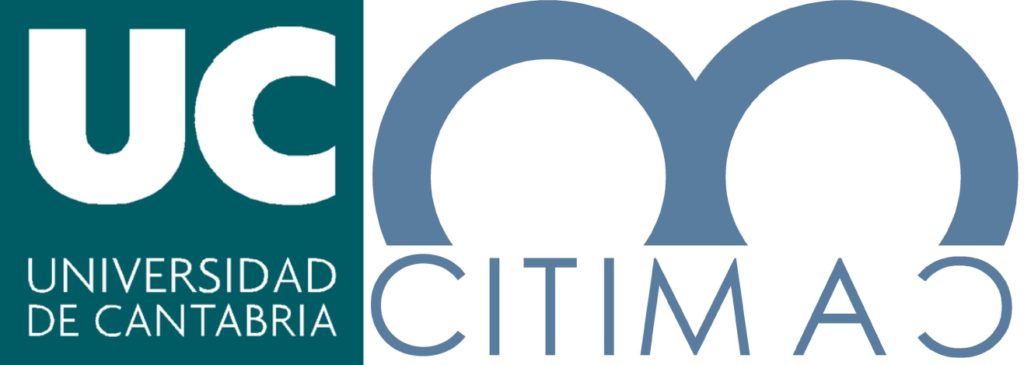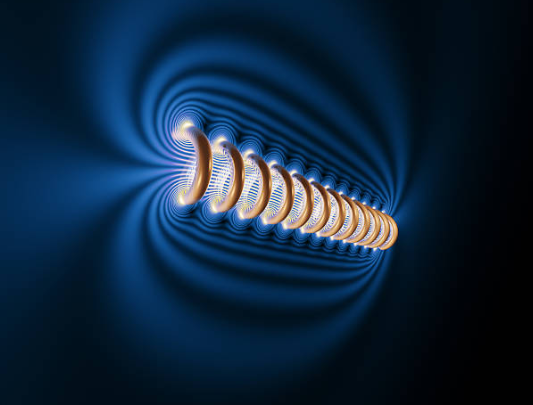Magnetic Materials
- Application of neutron scattering and synchrotron radiation techniques to the study of materials – Principal Investigator: JOSE IGNACIO ESPESO MARTINEZ
- Magnetocaloric effect and thermoelectric properties of materials – Principal Investigator: JESUS MARIA RODRIGUEZ FERNANDEZ
- Effects of pressure on the magnetic and electrical properties of materials – Principal Investigator: JESUS MARIA RODRIGUEZ FERNANDEZ
- Study of hysteresis cycles and magnetic permeability in industrial alloys – Principal Investigator: JOSE IGNACIO ESPESO MARTINEZ
- Graphene nanoarchitectures. Low dimensionality quantum materials. – Principal Investigator: CESAR MORENO SIERRA
- Artificially and naturally synthesized magnetic nanoparticles for biomedical applications. – Principal Investigator: LUIS FERNANDEZ BARQUIN
- Production and characterization of magnetic nanometric alloys – Principal Investigator: LUIS FERNANDEZ BARQUIN
- Magnetic properties at atomic and nanometric scale of surfaces and interfaces. – Principal Investigator: CESAR MORENO SIERRA
- Magnetic properties of new magnetic ionic liquids – Principal Investigator: JESUS MARIA RODRIGUEZ FERNANDEZ
- Magnetic, electrical and thermodynamic properties of new intermetallic materials of rare earths and transition metals – Principal Investigator: JESUS MARIA RODRIGUEZ FERNANDEZ
Magnetic Materials for biomedical applications

Magnetotactic bacteria (MTB) are aquatic microorganisms that are able to biomineralize membrane-enclosed magnetic nanoparticles called magnetosomes. Inside the MTB, magnetosomes are arranged in a chain that allows MTB to align and navigate along the Earth’s magnetic field. These MTB are considered as promising agents for cancer treatment. Thanks to their self-propulsion capability provided by their flagella and the guidance capabilities ensured by their magnetosome chain, MTB are envisaged as nano-bio-robots that can be guided and manipulated by external magnetic fields number of potential applications for targeted cancer therapies, such as magnetic hyperthermia, localized drug delivery, or tumor monitoring. In collaboration with the University of Basque Country and the Basque Center for Materials Applications and Nanostructures, in our group we are tuning and studying the morphological and magnetic properties of the magnetosomes in 3 different species of MTB, a crucial point to advance in their control, detection, and guidance.
Atomically-precise Graphene Nanoarchitectures

Organic synthesis in solution had always found limitations caused by the bad solubility of the resulting products, what limited the size of the nanostructures, restricted their structure, and hindered their development into functional materials. Recently, a new strategy was developed, the on-surface synthesis (OSS) which has been consolidated during the last decade as a powerful and versatile toolbox for creating a vast portfolio of graphene nanoarchitectures with atomic precision enabling the creation of nanostructures that are challenging or not accessible via top-down methods. Besides, the employed ultra-high vacuum (UHV) conditions and the use of atomically clean, catalytic metal surfaces, allow for both the synthesis and characterization of such structures that are hardly accessible through solution-based methods. Perhaps the most fascinating prospect for the on-surface synthesis approach lies in the capacity to bring new physical phenomena only achievable via sophisticated atomically-precise graphene nanoarchitectures.
The central research line is to master matter made to order by LEGO-like design of 2D nanoporous hetero-structures matching graphene nanoribbons.


